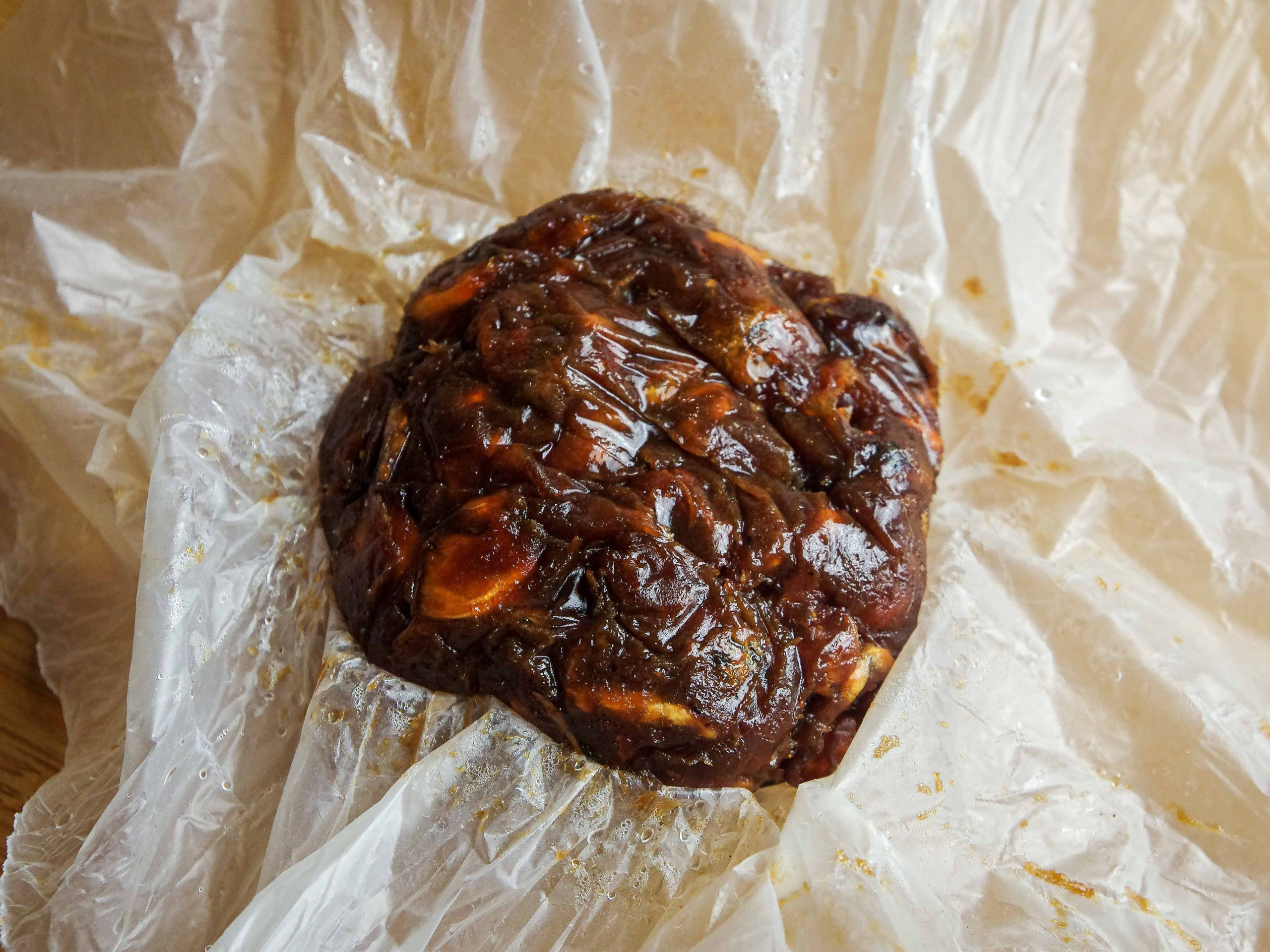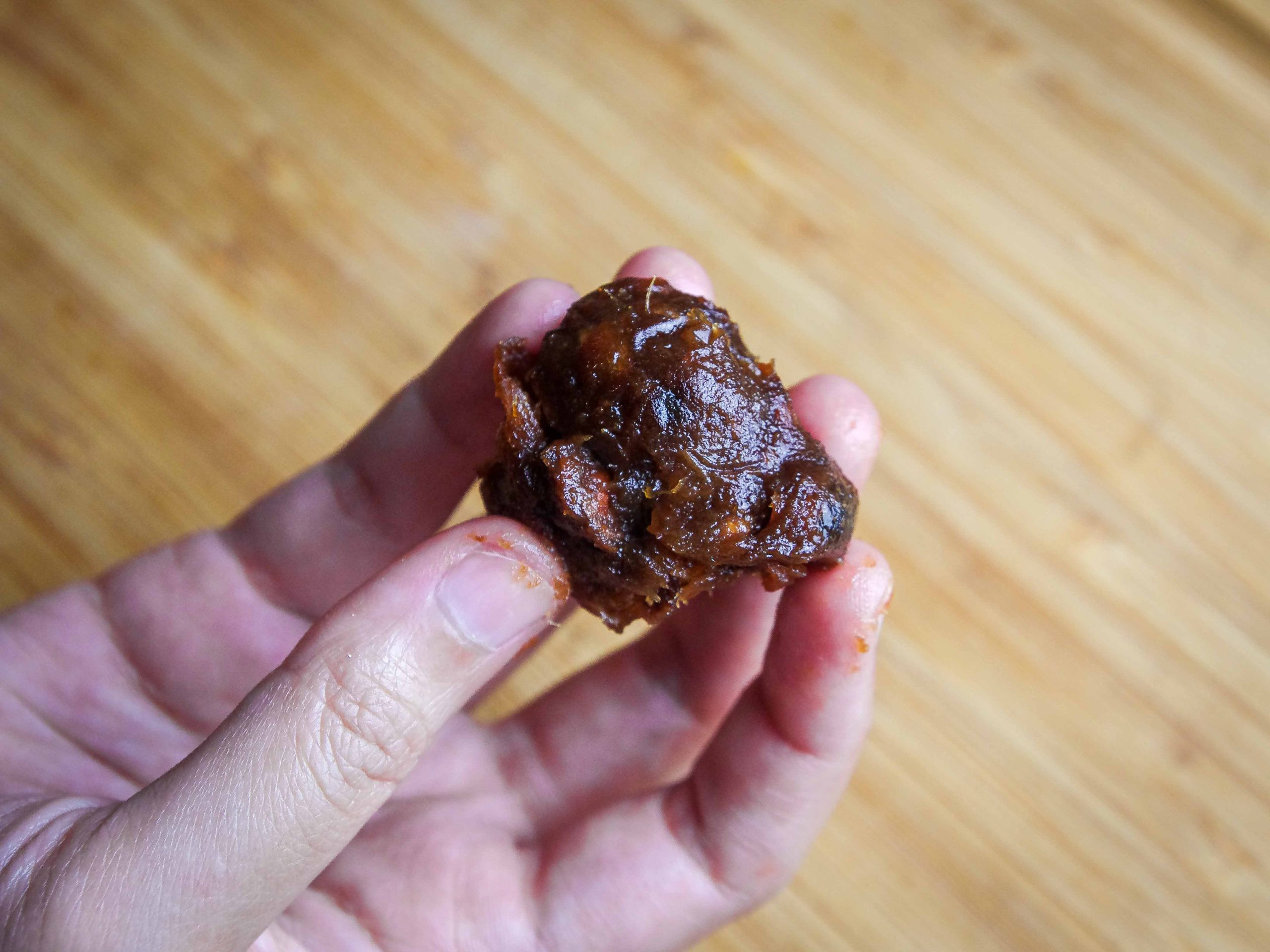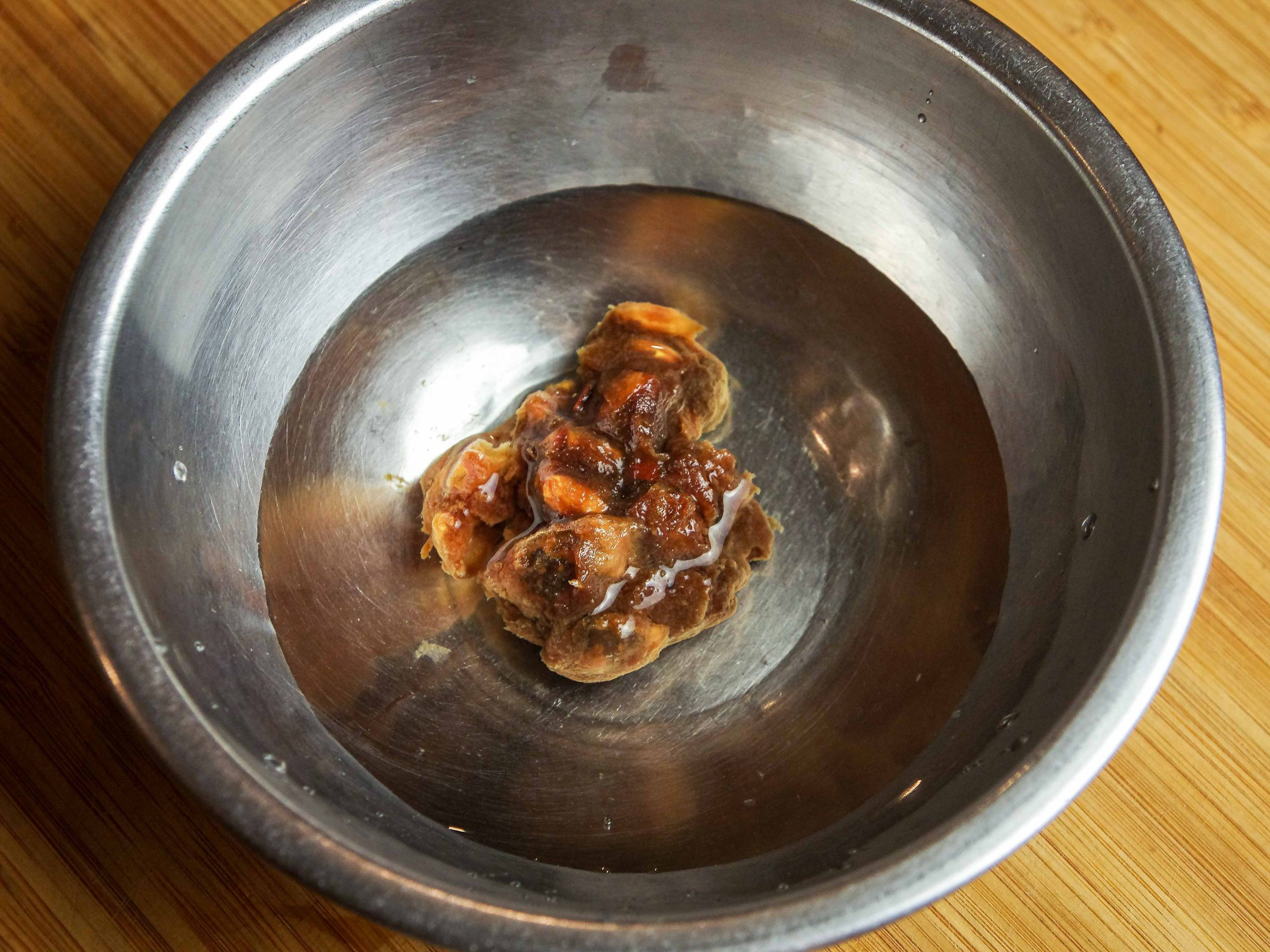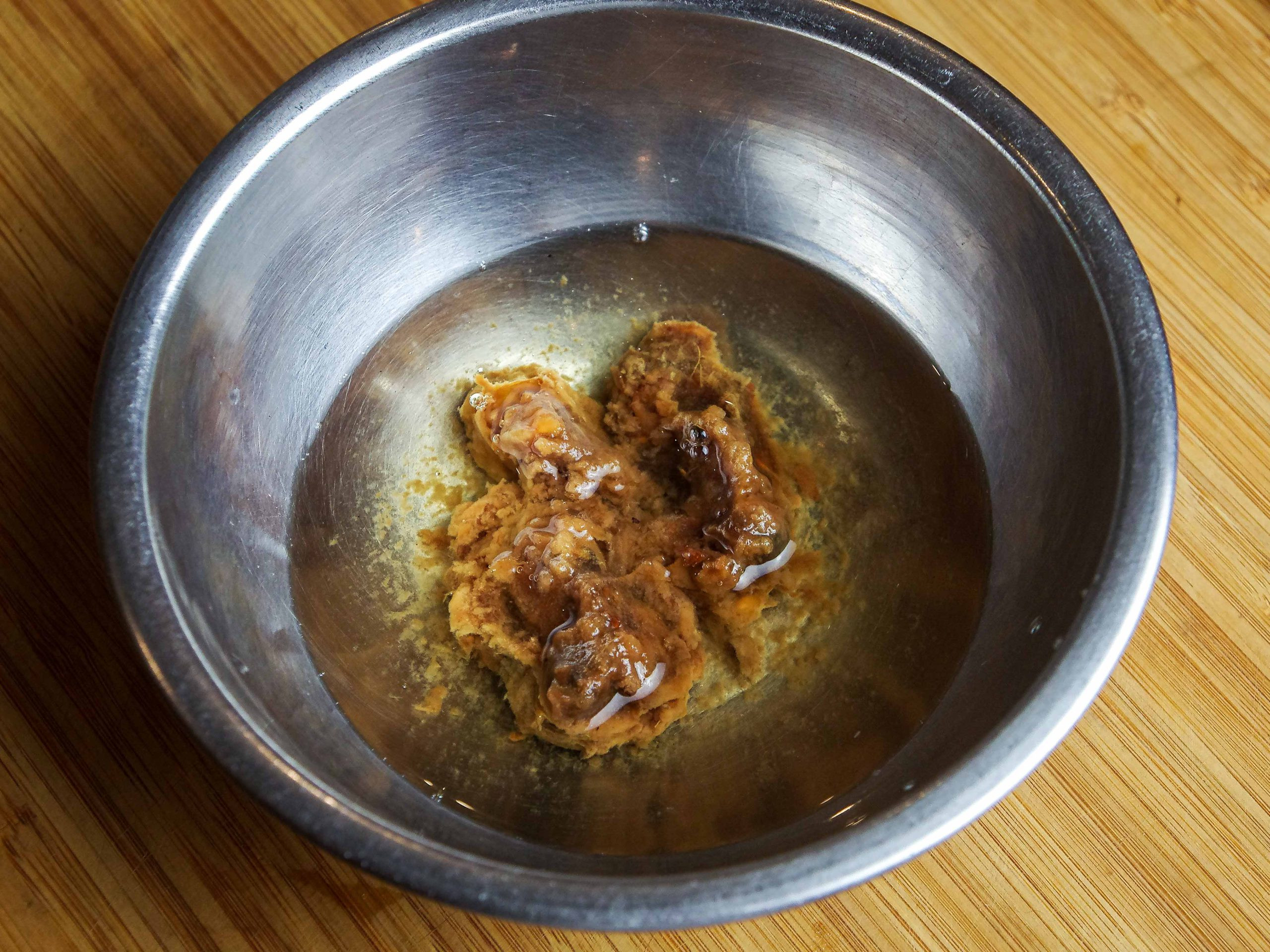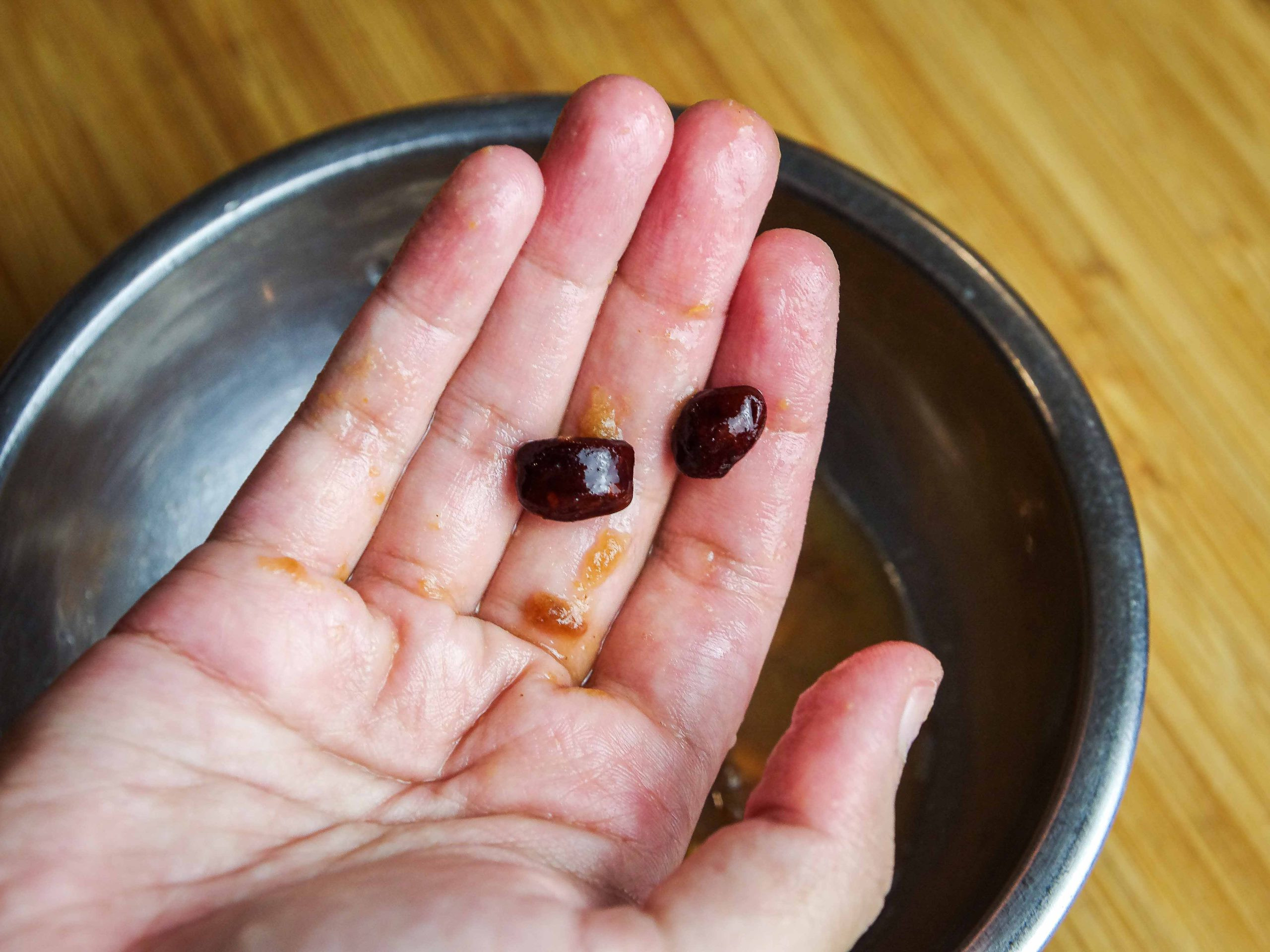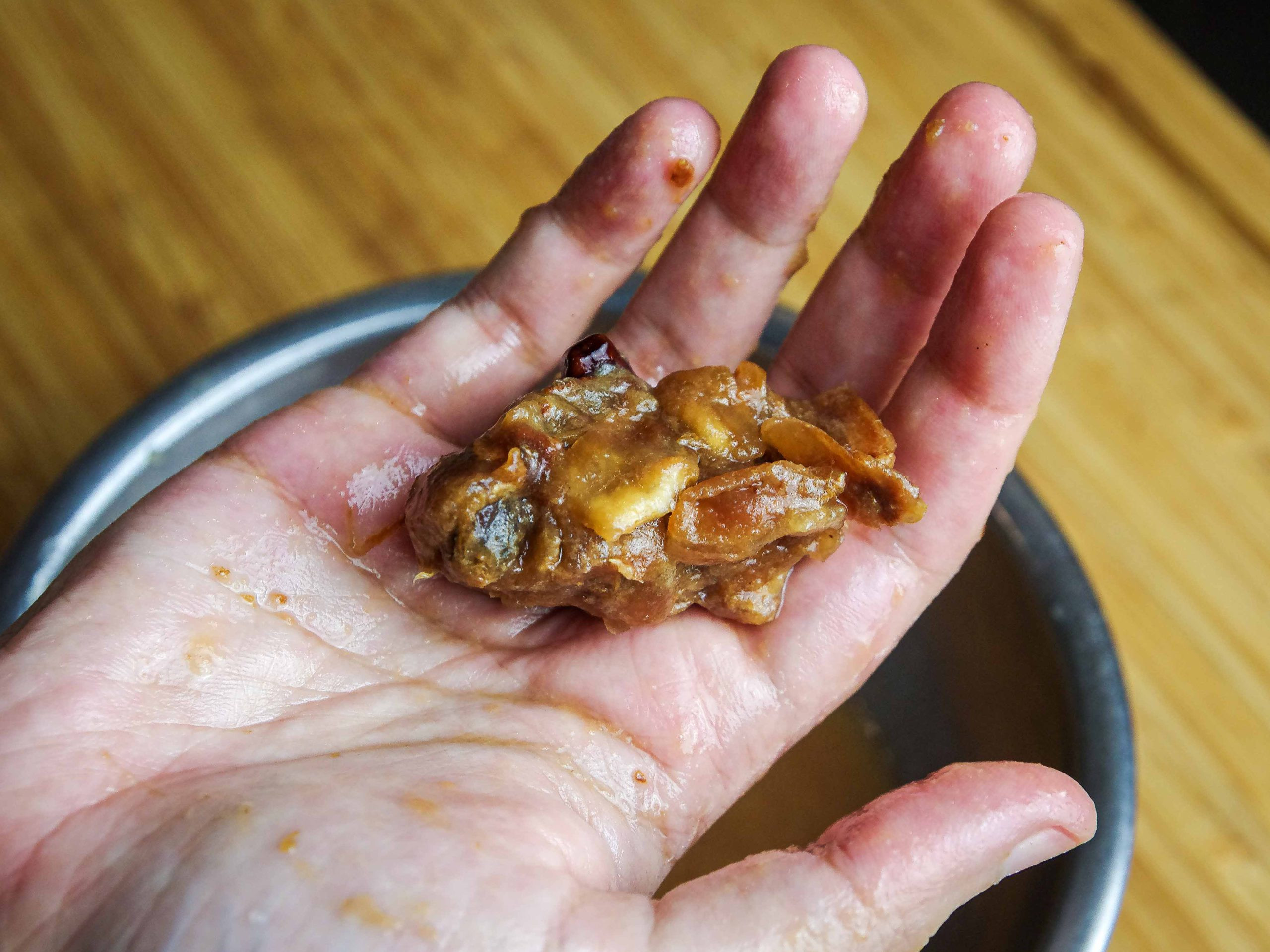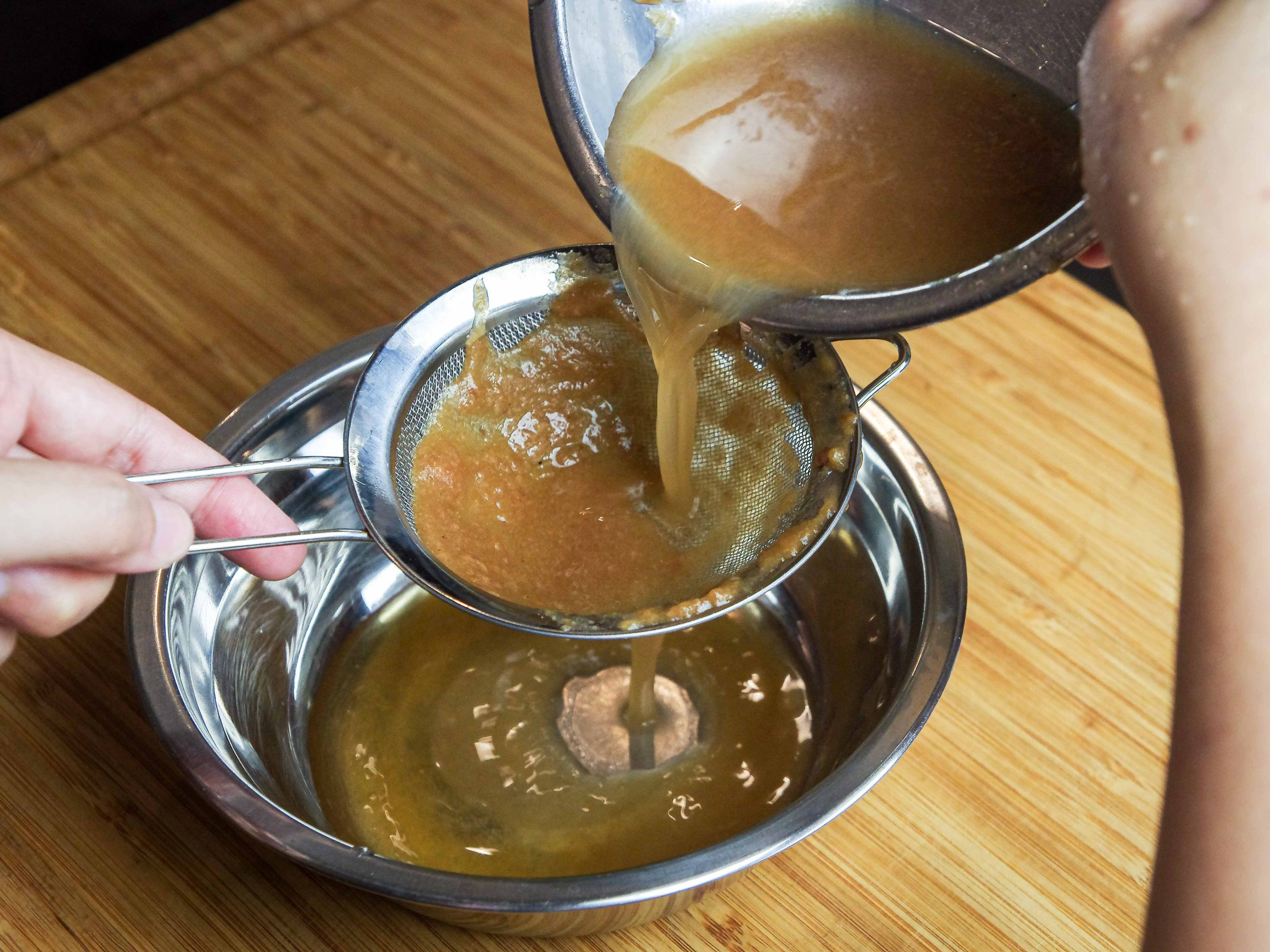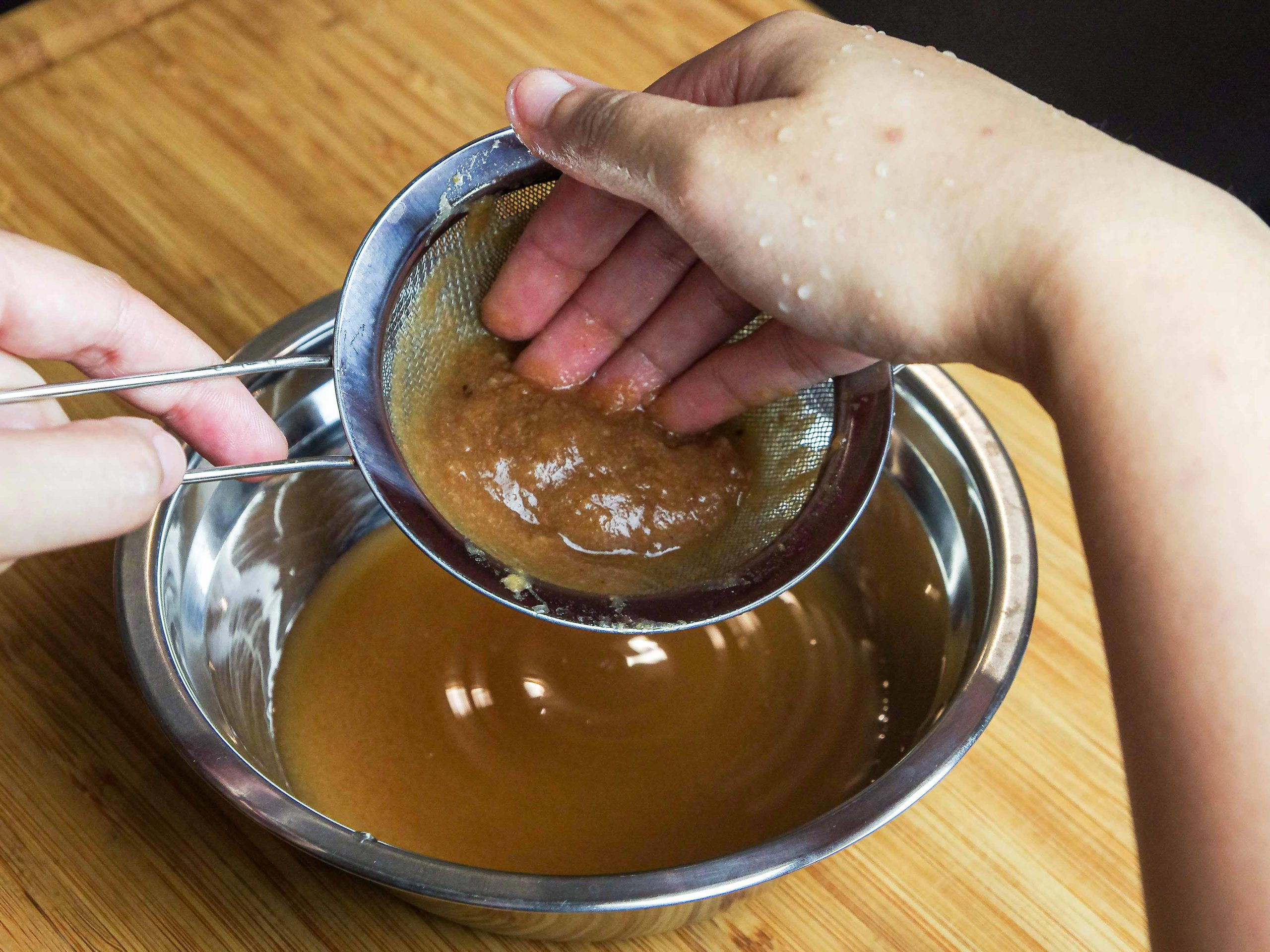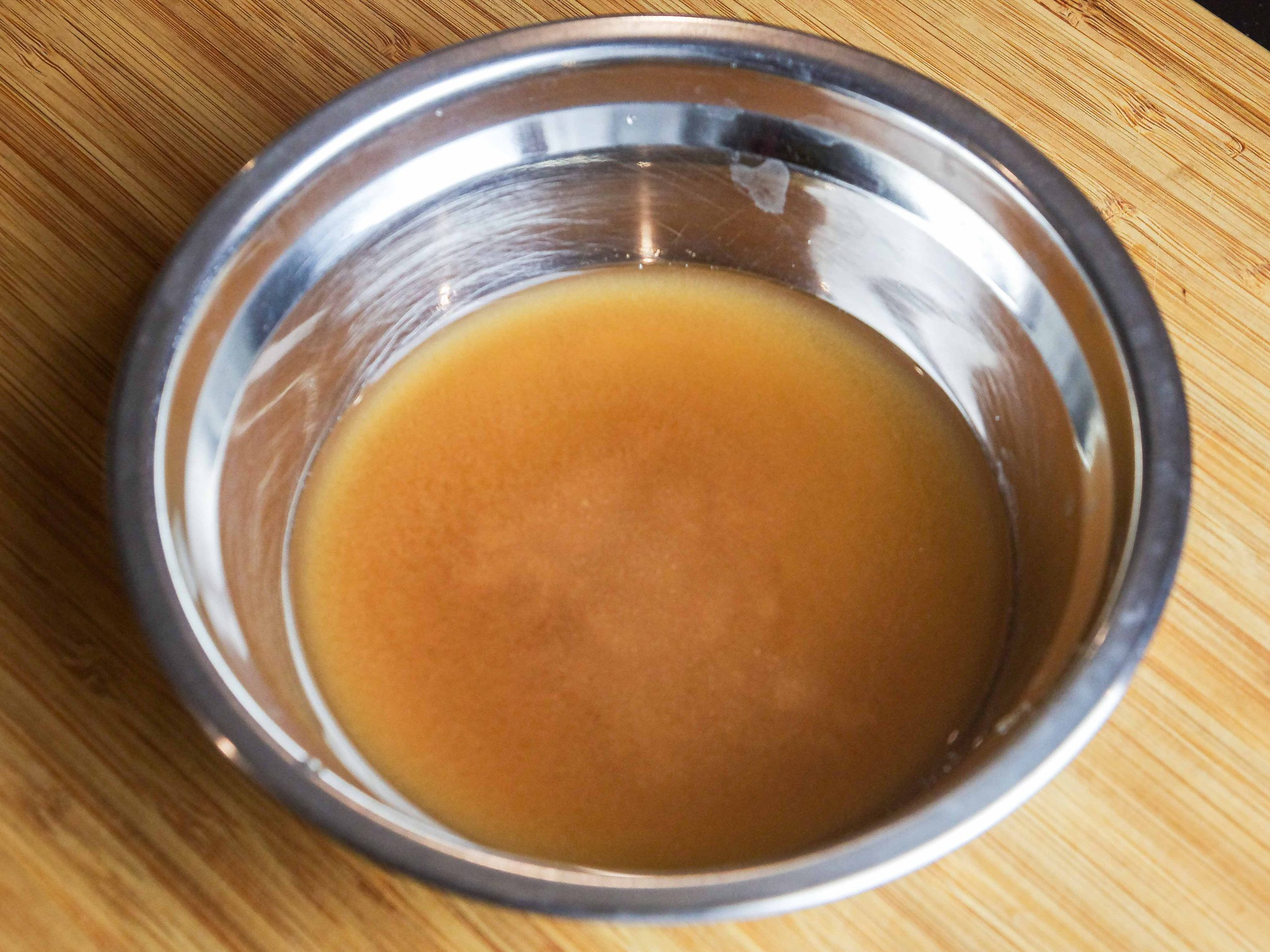The 101: How to prepare tamarind
by Alia Ali08 Oct 2021
Tamarind is one of the region’s most ubiquitous ingredients; this is how we prep it for curries, stir-fries, and broths.
What would Malaysian food be without tamarind ? This sweet-sour fruit forms part of the base for so many dishes in the Nusantara and South Asian regions, lending its quiet yet unmistakable tang to our daily meals.
Tamarind, also known as asam jawa, is the ripe fruit of the tamarind tree that grows in many tropical and subtropical countries. On the tree it looks like a giant peanut (as it is a legume) and underneath its crackly shell is the sticky brown flesh that clings to the seeds. Tamarind is not to be confused with asam keping, which are dried slices of the gelugur tree fruit.
For many of us in Malaysia, tamarind arrives in a block, its skin removed and its flesh and seeds compressed into fist-sized slabs. Sometimes the seeds are already removed as well, but in either case, tamarind needs to be prepared before it can be used in cooking. Remember to also taste each batch of tamarind, as even within the same brand or supplier, sweet-sour levels can vary.
Of course, you could skip all of this and buy pre-prepared tamarind paste (Adabi sells a handy version labelled ‘asam jawa xtra’). In the case that you use pre-prepared paste, use half the indicated amount if a recipe calls for tamarind flesh or juice as the pre-prepared stuff is more concentrated. But if you’re like us, you’ll find the process of tamarind preparation soothing and meditative.
- The tamarind block is the pure flesh of the fruit (along with seeds), and no other flavour additives. It’s naturally shelf-stable, and will last on the counter for several months if you’re careful about always using clean hands to portion it.
- Portion about a 2″ knob or 1 tbsp of tamarind. This is a rather standard ‘agak-agak’ (guesstimate) measurement of tamarind for most experienced home cooks to use in a dish for four people.
- Place in a bowl with clean water. If you’re short on time, use warm/hot water and soak for about 2 minutes. If you have time, use room-temperature water and soak for at least 10 minutes or so.
- After a soak, the flesh should be beginning to dissolve into the water. Using clean hands, massage the flesh gently but surely, making sure to strip as much flesh from the seed as possible. If the water is still hot, use a spoon. Squeeze and massage for about 30 seconds or so.
- We personally like to remove the flesh clean off the seed to make sure we get every last bit of flavour from the tamarind. Bonus: you get seeds to plant! They’re slow-growing (read: years) but the leaves are pretty (they close up at night and open up again during the day!) and will provide decent shade when mature.
- Squeeze the pulp as much as possible and set aside to make a second (weaker) batch of tamarind juice another day, or chuck it into your compost bin.
- Strain the pulp into a separate bowl. This step is necessary as tamarind paste tends to include a lot of debris from cracked seeds and skins.
- Use your fingers to muddle the liquid and strain as much juice as possible.
- The juice is now ready to use. Taste to check sweet-sour levels, and adjust accordingly when adding to your cooking.
Three Periuk recipes that use tamarind:
Read next
Eat your feelings: How can I make the most of packet mixes?
Boost your instant mixes and sauces

The 101: How to avoid soggy meehoon
To soak or not to soak?

The 101: How to prepare keluak
Cleaning keluak for safe consumption


